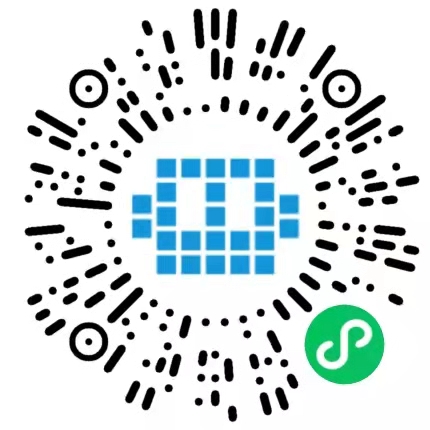Magnetic Card Reader Demo With the common use of cards instead of cash, Credit Card Reader (MSR, mag stripe/swipe readers) are an essential part of any POS system. MSRs can read any card with magnetic stripes, including some driver's licenses, gift cards, and other IDs.<p>Magnetic Card Readers (also known as Magnetic Stripe Readers or MSRs) read data from a 3-track magnetic stripe via a peak detection circuit and process that data for downstream users. After extracting data from the magnetic stripe, it is converted to binary data and formatted for encryption. They feed the swiped information to applications management software and connect through USB, RS-232, or PS/2 connections.<p>Microchip Magnetic card reader solution reads ISO/IEC-7811 cards (also known as “Frequency/double Frequency” (F2F) encoding standard). The data format encodes 7-bit data on Track1, 5-bit data for Track 2 and 3. Please refer to the features section for an in depth description of the Magnetic card readers capabilities.<p>Microchip offers 2 solutions, one using the dsPIC33EP family and the other using the PIC24F family of PIC's<p>This demo is not for sale, but can be easily created from components listed in the user's guide.<p>For questions related to this board please contact http://www.microchip.com/support

